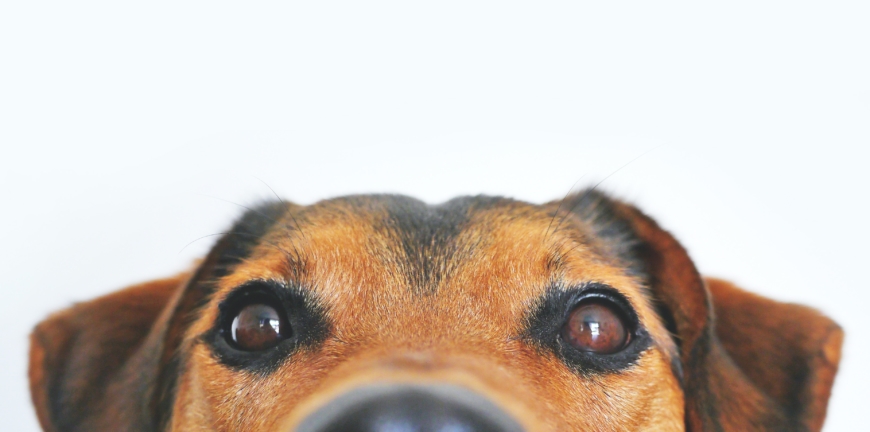December 6, 2022

Diabetes in Dogs & Cats
Did you know that dogs and cats can get diabetes? It’s true! Here is some information about Diabetes Mellitus in dogs & cats:
What is diabetes mellitus?
- Diabetes mellitus is a disease that typically develops in middle age or older dogs and cats that are overweight.
- It is caused by a lack of insulin
- Lack of insulin will lead to a persistently elevated blood glucose.
- Left untreated, dogs and cats can develop ketones in their blood and urine which will make them very sick and lead to vomiting, anorexia, and weakness. If this occurs, it is an urgent issue and your pet needs to be seen by a veterinarian immediately.
Symptoms of diabetes:
- Weight loss
- Increased water drinking
- Increased appetite/hunger
- Inappropriate urination (urinating in the house, frequent urination)
- If you notice these symptoms at home, it is very important to take your pet to the veterinarian. Untreated diabetes can turn into diabetic ketoacidosis which will make your pet very sick and can even be fatal.
How is diabetes diagnosed?
- Lab work, such as blood and urine testing are needed to diagnose diabetes
- Blood glucose (or blood sugar) will be high along with glucose present in the urine
- Sometimes additional testing is needed such as fructosamine levels
How is diabetes treated in pets?
- Both dogs and cats require insulin injections. These injections are given under the skin.
- Insulin injections are usually given twice a day lifelong.
- There are many different types of insulin and some pets regulate better with a specific type
- Often diabetic pets are better regulated when they are fed meals at the same time each day and they are fed a diet formulated for diabetic animals.
What monitoring is needed if my pet is diabetic?
- Most diabetics will need a glucose curve any time they start insulin or change insulin doses. This can be done in a veterinary clinic or there are also at home options. Your veterinarian should always be consulted before changing the dose of insulin
- Once your pet is well regulated, they should be seen at the veterinary clinic twice a year for exam, blood work and urine sample.
- At home monitor your pet for:
- Changes in appetite
- Changes in water consumption
- Changes in urination
- Vomiting
- Diarrhea
- Weakness or incoordination
Are there any side effects of diabetes?
- Diabetic pets are more likely to develop urinary tract infections, so it is important to have your pets urine checked even if they aren’t having any symptoms of a urinary tract infection
- Some diabetic dogs will develop cataracts. It is important to monitor your pet for any changes in vision, redness of the eyes, squinting or cloudiness in the eyes and consult your veterinarian if these occur.
- Some pets can develop a low blood sugar while on insulin. If your pet has any weakness, incoordination, or lethargy they should be seen at a veterinary clinic right away.
It is possible for diabetic pets to live a happy healthy life. Although administering injections may sound scary to some owners, once taught most owners see that it is not difficult and that most pets tolerate it very well. It is important to watch your pet for changes in behavior and have them examined by a veterinarian if these things occur.
For more information about diabetes, visit Veterinary Partner or schedule an appointment with your veterinarian. Feel free to call us at Pawtown if you would like to schedule an appointment with one of our veterinarians.